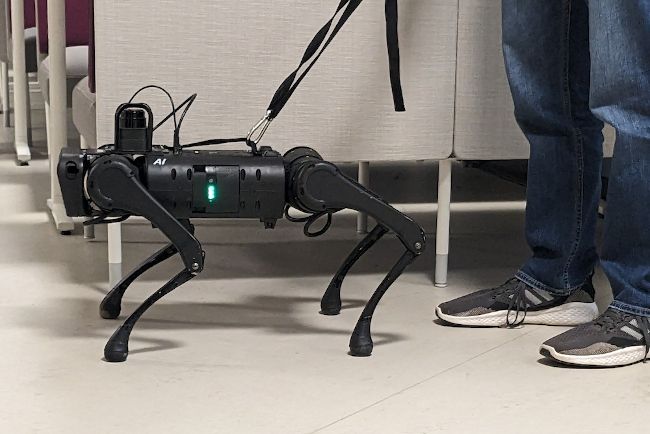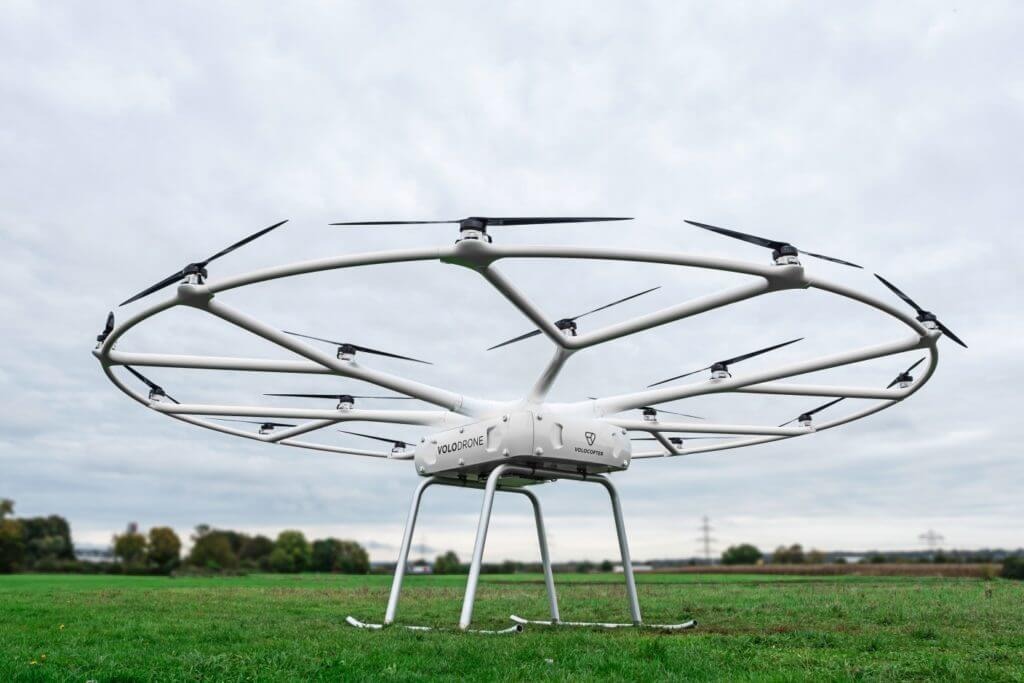Engineers at Binghamton University are programming four-legged robots to serve as guide dogs for the blind, responding to leash tugs as commands. Their low-cost prototypes could expand access to mobility assistance.
Associate professor Shiki Zhang's team trained off-the-shelf quadruped bots costing under $15,000 to confidently lead users down hallways. By pulling the leash certain ways, people can direct the robots to turn or stop.
The interface was developed through reinforcement learning in just 10 hours. It mimics how human handlers cue real guide dogs, enabling intuitive control.
Zhang was inspired by the immense shortage of guide dogs - only 2% of the visually impaired partner with one in their lifetime. Guide dog training takes years and costs over $50,000, with high washout rates. Robots offer more reliable, scalable solutions.
After a year's work, the researchers arrived at a uniquely natural leash interface. "With 10 hours training, these robots can move around, navigate, guide people, and avoid obstacles while recognizing leash cues," Zhang said.
To refine the technology, the team is adding voice controls for situational commands. With user feedback, they hope to optimize the robots for safely navigating real-world hazards.
The agile quadruped platform provides a surprisingly capable mobility aide when trained appropriately. The study demonstrates how even imperfect autonomous systems can serve people if thoughtfully designed around their needs.
With further development, Zhang envisions the robots stationed in busy public spaces to assist blind travelers. People could request them on-demand like shared bikes.
The collaborative approach epitomizes robotics' potential for inclusion when centered on human factors. Zhang's leash interface elegantly transfers long-honed canine language to capable new artificial guide dogs for the visually impaired.
Though still early research, it highlights how robotics combined with intuitive design can expand independence for those with disabilities. With progress translating natural interactions into helpful autonomous behaviors, more inclusive futures may open up.


















